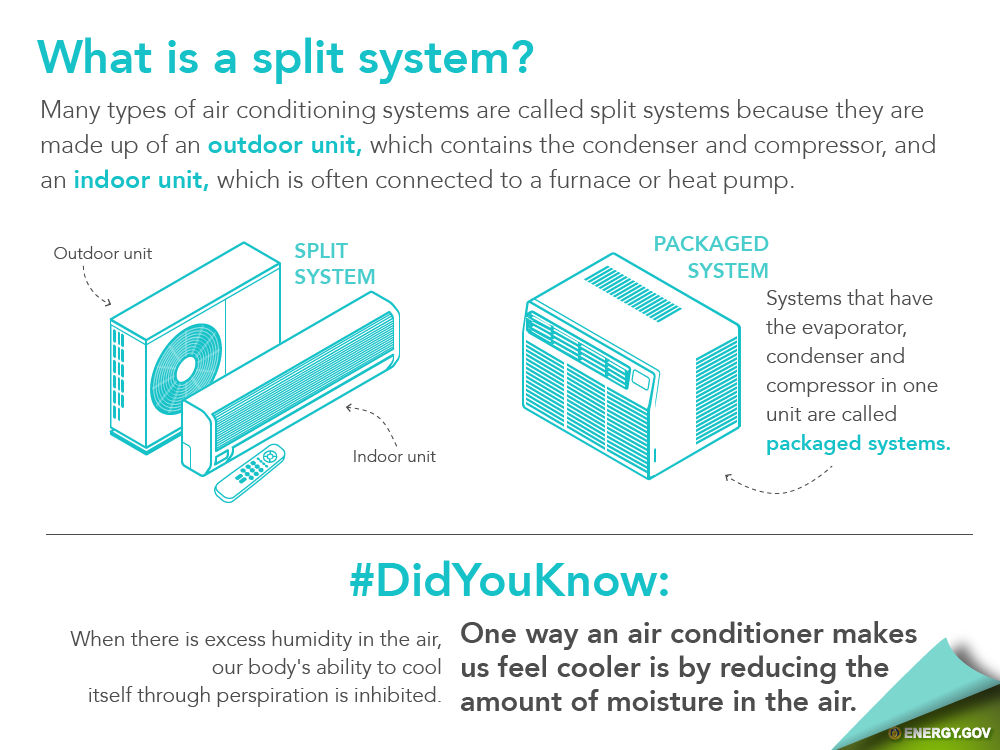Find Out Just How To Optimize The Effectiveness And Life Expectancy Of Your Heatpump System By Avoiding Conventional Installment Mistakes
Find Out Just How To Optimize The Effectiveness And Life Expectancy Of Your Heatpump System By Avoiding Conventional Installment Mistakes
Blog Article
Write-Up Author-McDougall Sparks
When installing a heat pump, you have to avoid common blunders that can threaten its performance. Overlooking correct sizing may cause inadequacies and greater energy costs. Disregarding insulation and securing might result in energy waste and stress on the unit. In addition, placing the exterior unit inaccurately may impact its performance. By preventing these mistakes, you can make certain optimum working and sturdiness of your heat pump system.
Improper Sizing of Heat Pump
When it concerns the installment of heat pumps, among one of the most common mistakes is poorly sizing the unit for your room. Guaranteeing the best dimension is crucial for optimal efficiency. If the heatpump is as well small, it will struggle to heat or cool your room efficiently, leading to increased power bills and prospective deterioration on the unit.
On the other hand, if the heat pump is too large, it will cycle on and off regularly, triggering temperature changes and reducing its life-span.
To prevent this blunder, it's important to have an expert analyze your room and recommend the suitable size of the heat pump based on elements like square footage, insulation, ceiling elevation, and neighborhood climate. By investing the moment and initiative to make sure the right sizing, you can take pleasure in a comfy environment while making the most of energy effectiveness and extending the life-span of your heatpump.
Inadequate Insulation and Sealing
To guarantee the effective procedure of your heat pump, it's important to resolve insufficient insulation and sealing in your area. Correct insulation aids keep a constant temperature level inside, decreasing the work on your heatpump. Inadequate insulation can lead to power loss, making your heat pump work harder and less efficiently.
Sealing any type of voids or leakages in your area is just as crucial. These voids allow conditioned air to leave and exterior air to seep in, forcing your heatpump to make up for the temperature fluctuations.
Incorrect Placement of Outdoor Unit
Attending to the positioning of your heat pump's outdoor unit is key to maximizing its efficiency. Installing the outdoor unit in an incorrect area can bring about efficiency concerns and potential damages to the system.
One usual mistake to avoid is placing the exterior device as well close to a wall surface or various other structures. This can restrict air movement, causing the system to function tougher to heat or cool your space, eventually reducing its efficiency and lifespan.
https://jgpr.net/2022/05/20/brookline-emergency-management-team-shares-hot-weather-safety-tips-ahead-of-high-weekend-temperatures/ to steer clear of is placing the outside system in straight sunshine. While some sunlight is inescapable, extreme direct exposure can bring about overheating, specifically throughout hot summer days. It's ideal to place the exterior device in a shaded area to help preserve its optimum operating temperature.
Moreover, make certain that the outdoor unit is placed on a secure and degree surface. Unequal ground can trigger vibrations and unnecessary stress on the device, influencing its efficiency over time.
Final thought
To conclude, staying clear of usual mistakes during heat pump installment is vital for maximizing efficiency and longevity of your system. By making certain proper sizing, adequate insulation, securing, and appropriate placement of the outdoor system, you can stop problems such as inadequacies, boosted energy costs, and stress on the unit. Making the effort to attend to these essential aspects will eventually conserve you money and time in the long run.
